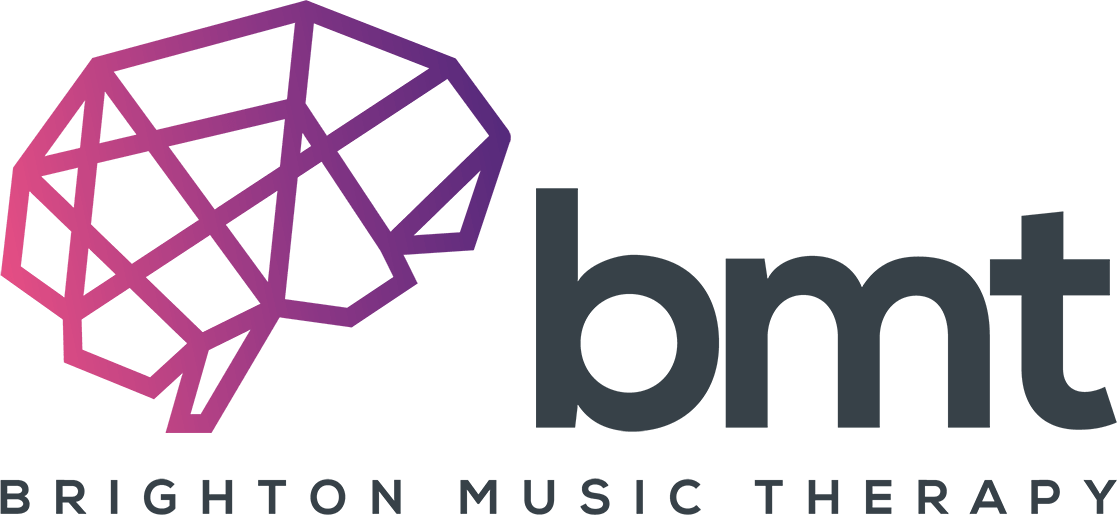Music and Parkinson’s Disease
Parkinson’s Disease is progressive neurological condition were cells in a particular part of the brain stop working and eventually lost over time. Parkinson’s affects 1 in 350 adults in the UK, and causes issues in movement and speech.
Movement
As more dopamine-producing cells in the brain are lost, problems with movement become more apparent. The primary motor symptoms of Parkinson’s are tremors, slowness of movement and rigidity.
Musical interventions can be used to help re-train movement such as walking, and fine and gross motor movements. There is no single musical centre in the human brain, since music is processed by dozens of scattered neural networks throughout the brain. This means that music has the ability to activate compartmentalised regions of the brain, such as the motor region.
One of the most common Neurologic Music Therapy techniques used with people with Parkinson’s is Rhythmic Auditory Stimulation (RAS), which facilitates the rehabilitation of gait by using rhythm to access movement centres in the brain.
Immediate improvement to walking is seen after introducing an external rhythm through music or a metronome beat. The patient is able to walk in time with the beat, and over time, the beat can be increased and eventually faded out. RAS has been proven to be more effective than physiotherapy, and studies have shown that it has helped reduce the risk of falls in Parkinson’s Disease.
Speech and Language

Parkinson’s Disease can lead to problems with speech and communication, most commonly in three areas:
- Pitch or Intonation (the rise and fall of the speaking voice)
- Breath control
- Volume
Neurologic Music Therapy (NMT) can address these issues through specific speech and language techniques that involve singing. Singing is a highly effective way of stimulating the required neural networks and muscles associated with respiration (breathing), phonation (production of speech sounds), articulation and resonance (volume), as well as being fun!
Vocal Intonation Therapy (VIT) is a NMT technique commonly used with patients with Parkinson’s, and aims to train aspects of voice control including inflection, pitch, breath control, timbre, loudness, phonation, resonance and intonation.
Therapy can be delivered to groups or individuals, and home programs are devised so that patients and their loved ones can utilise the techniques at home.


